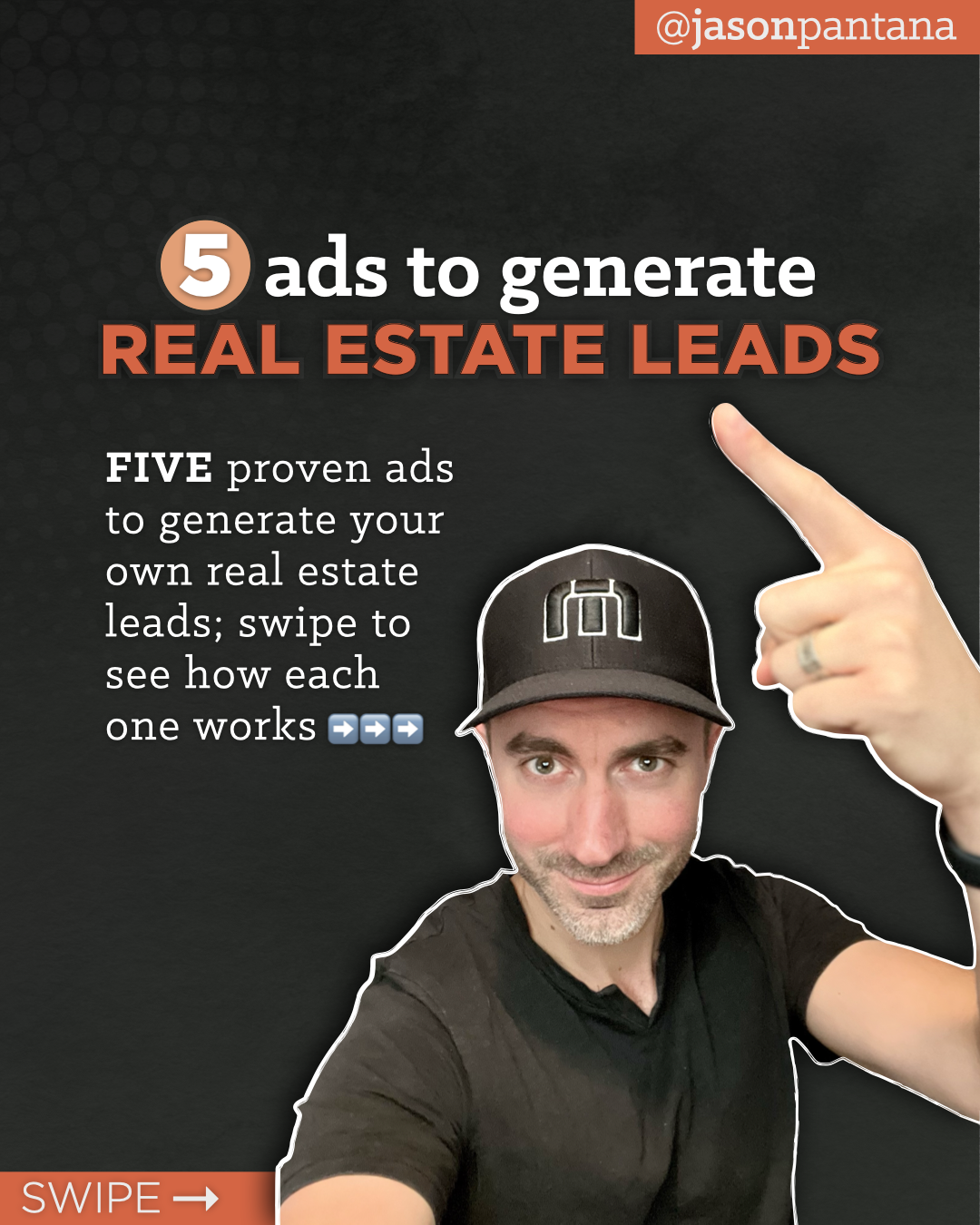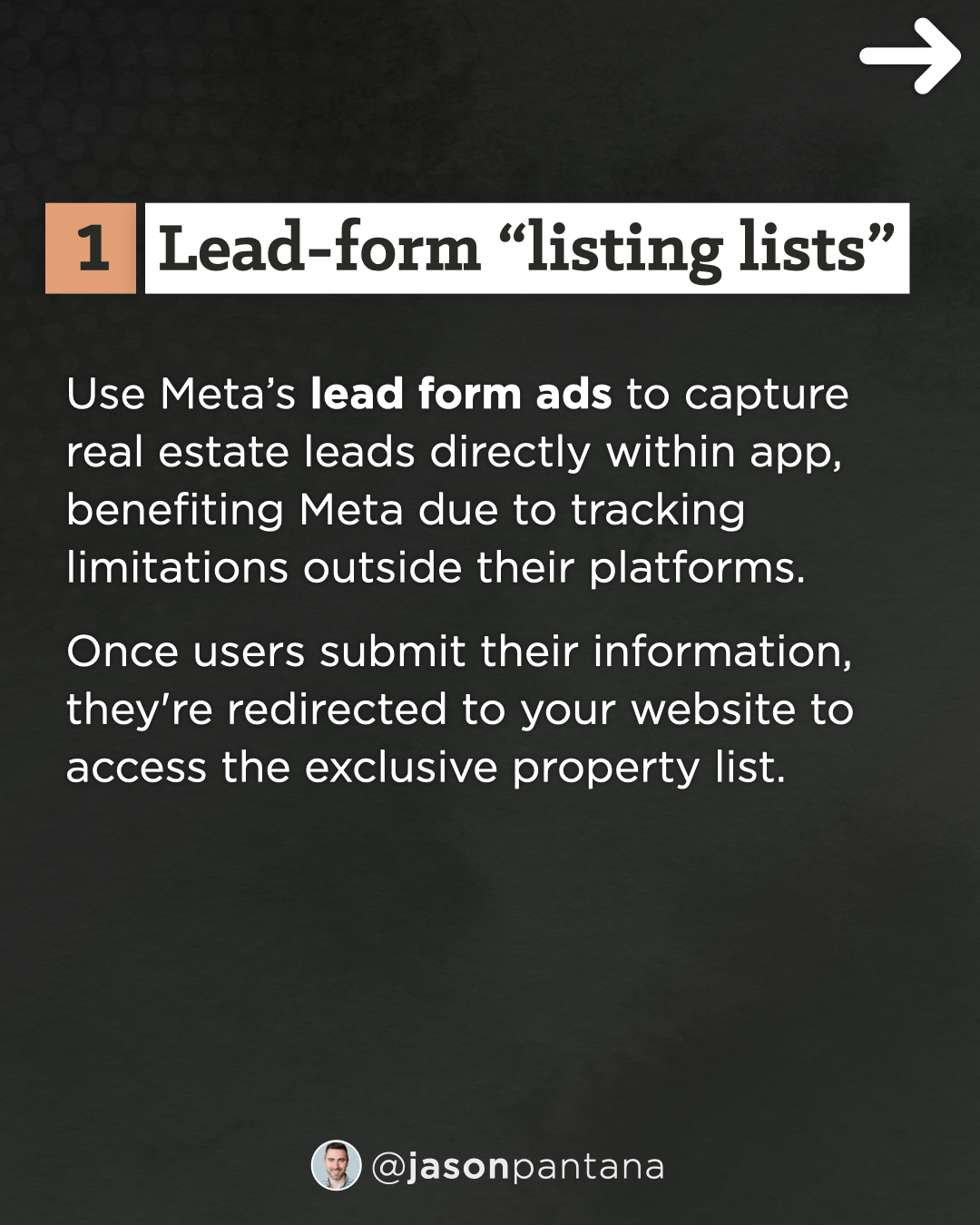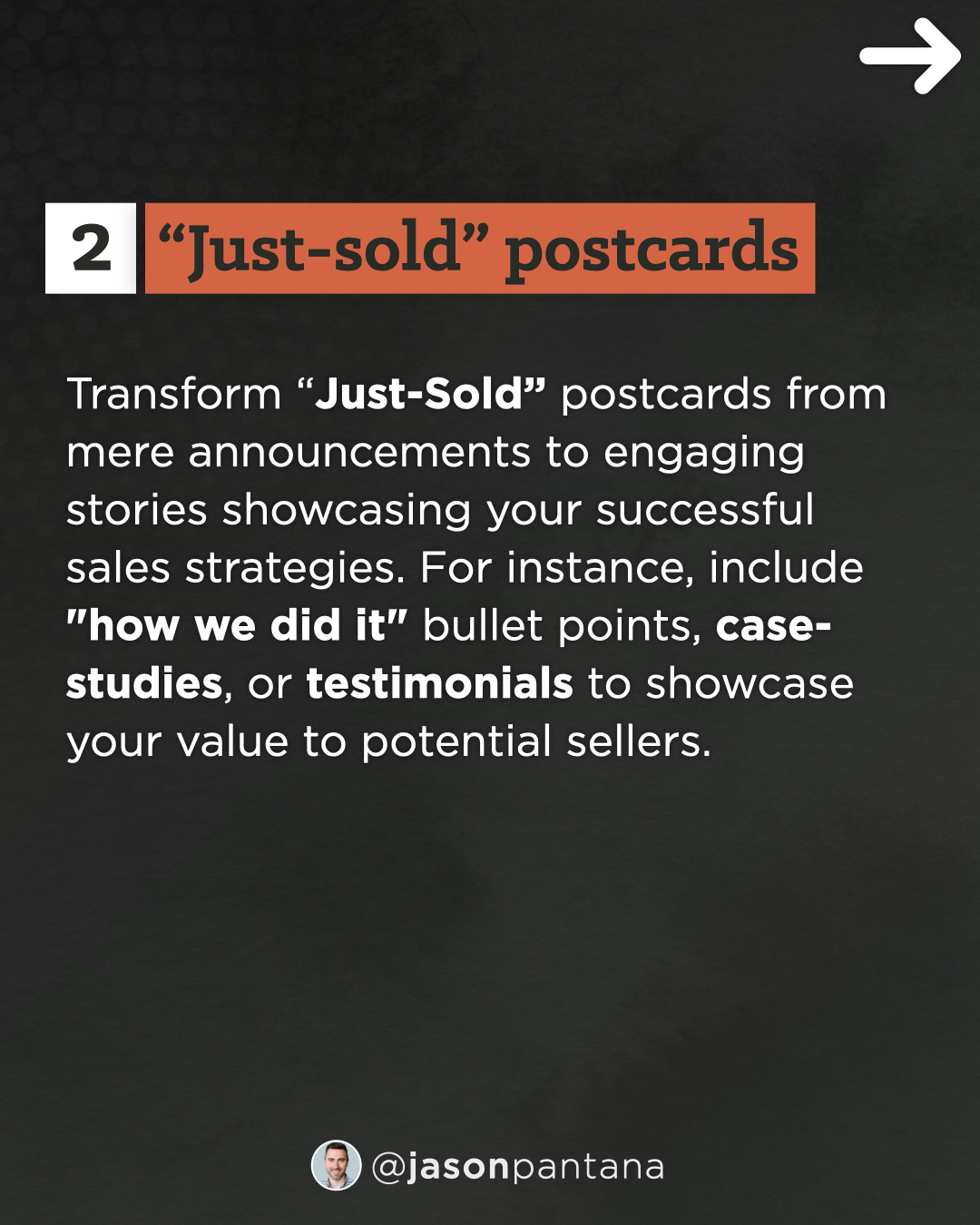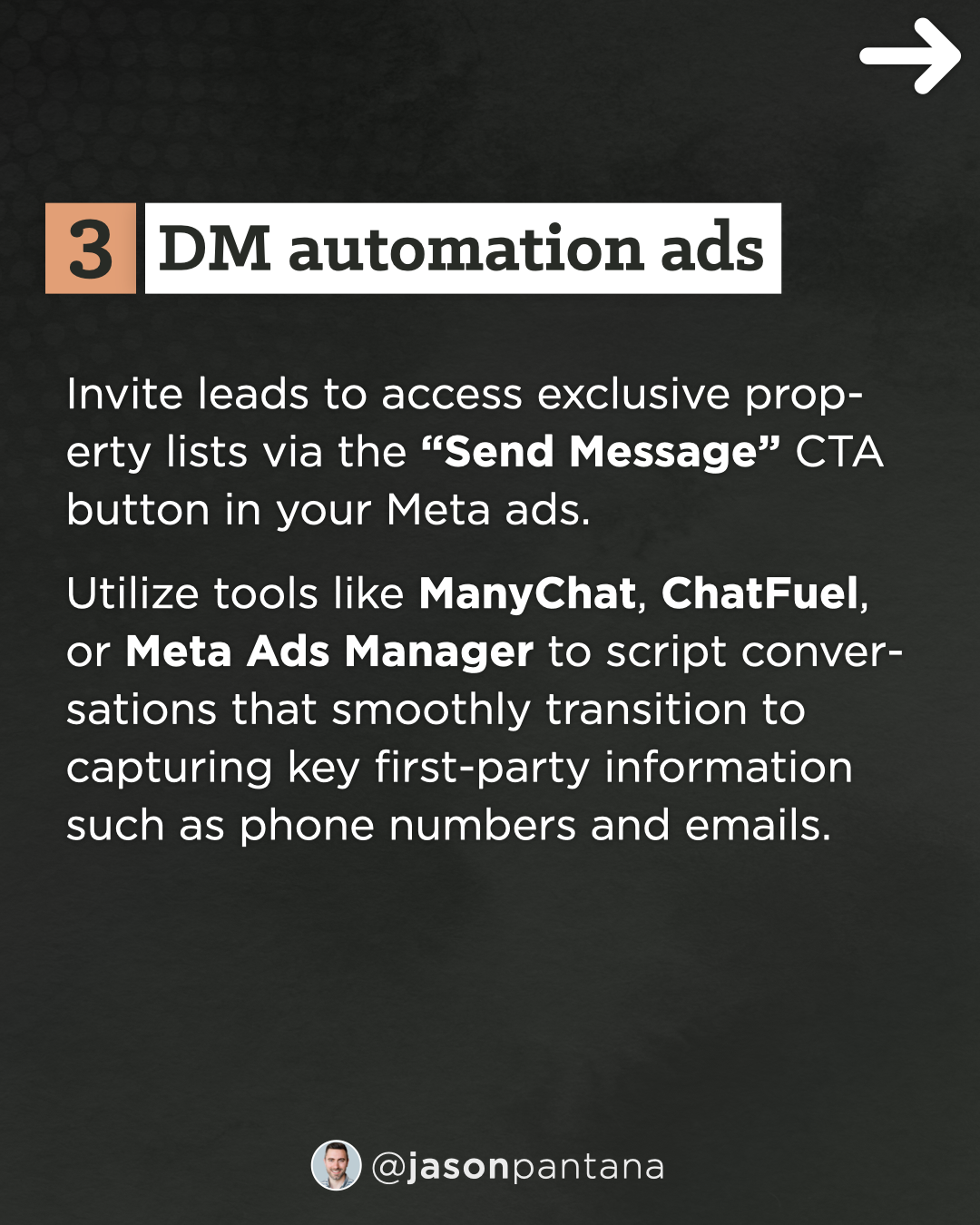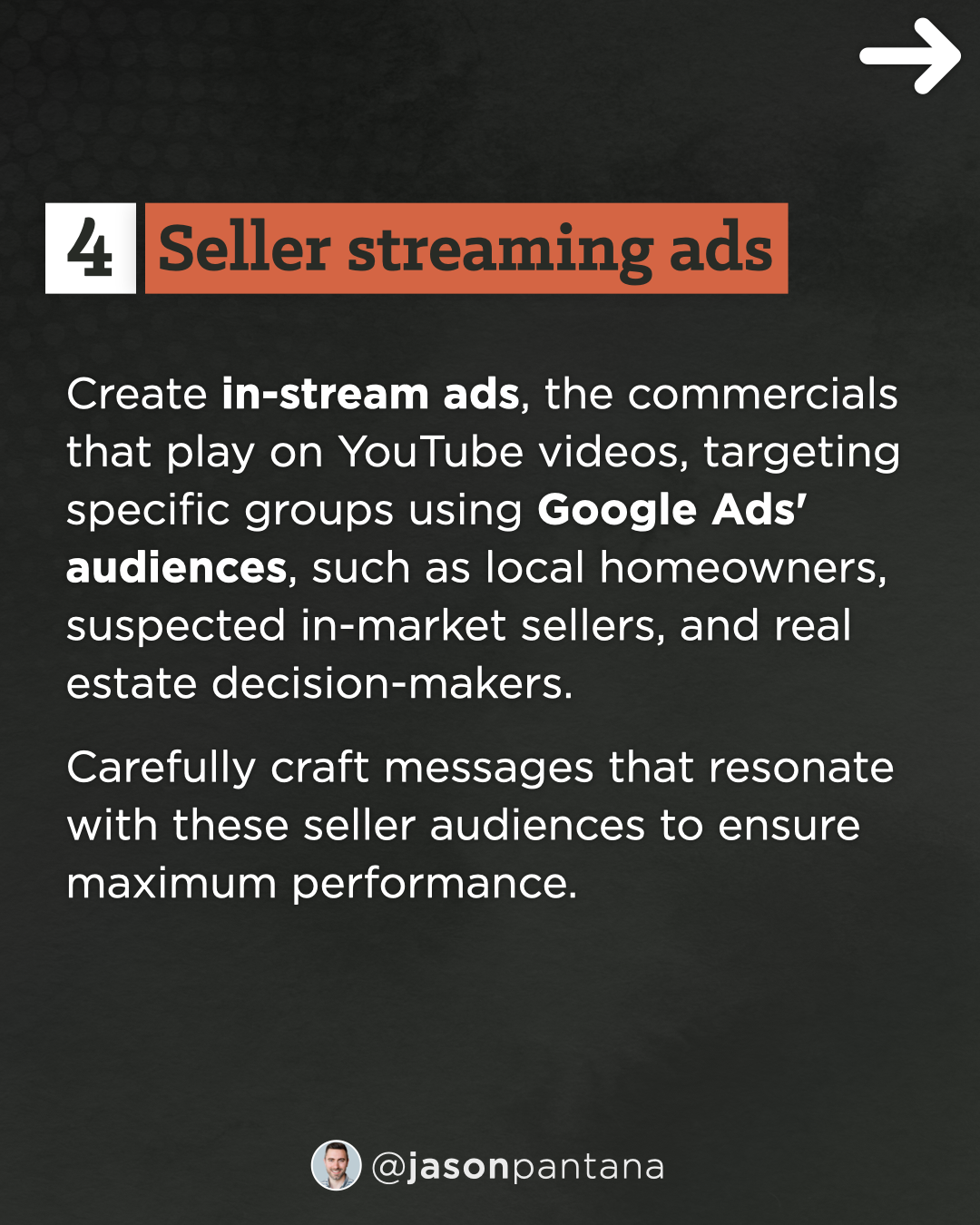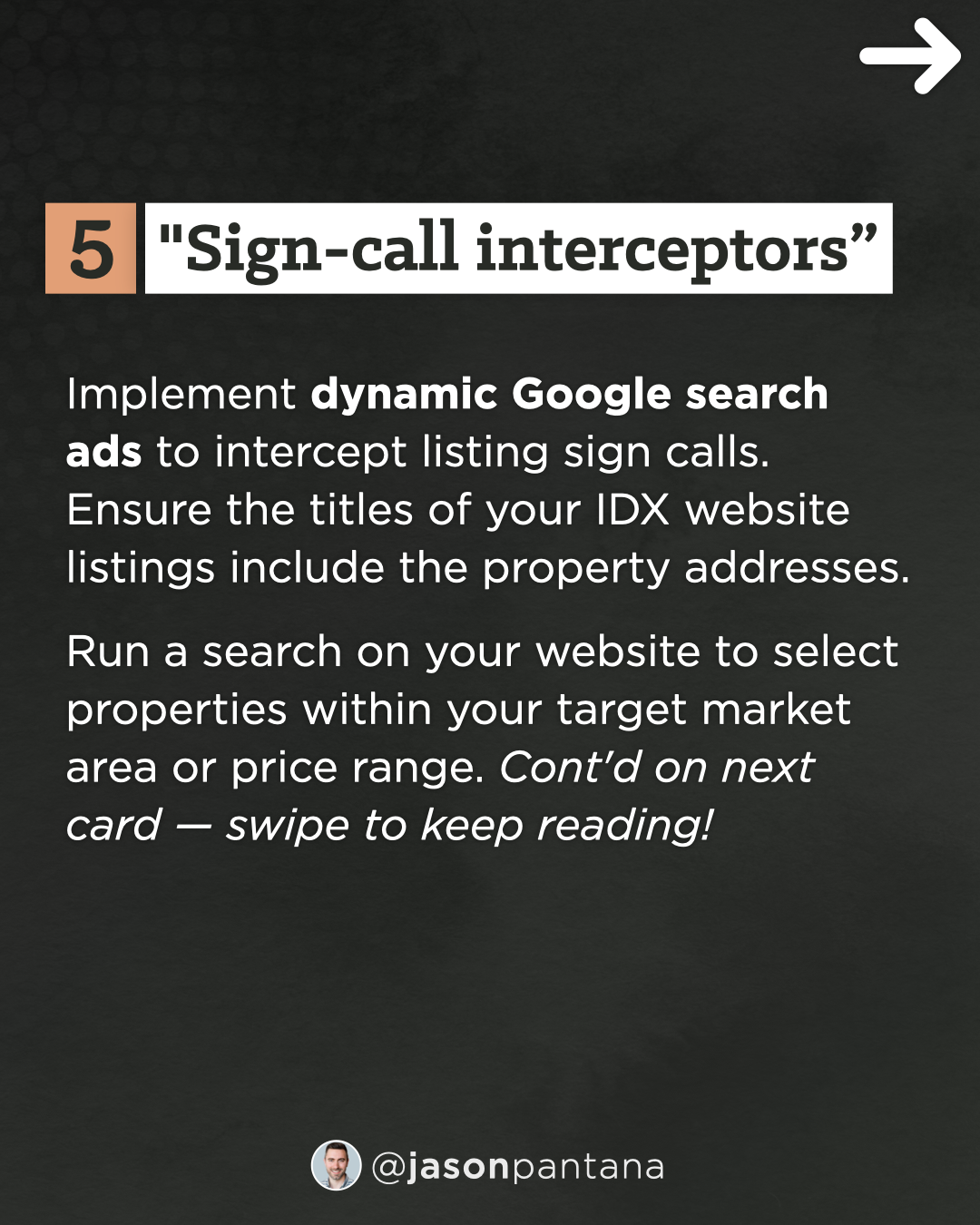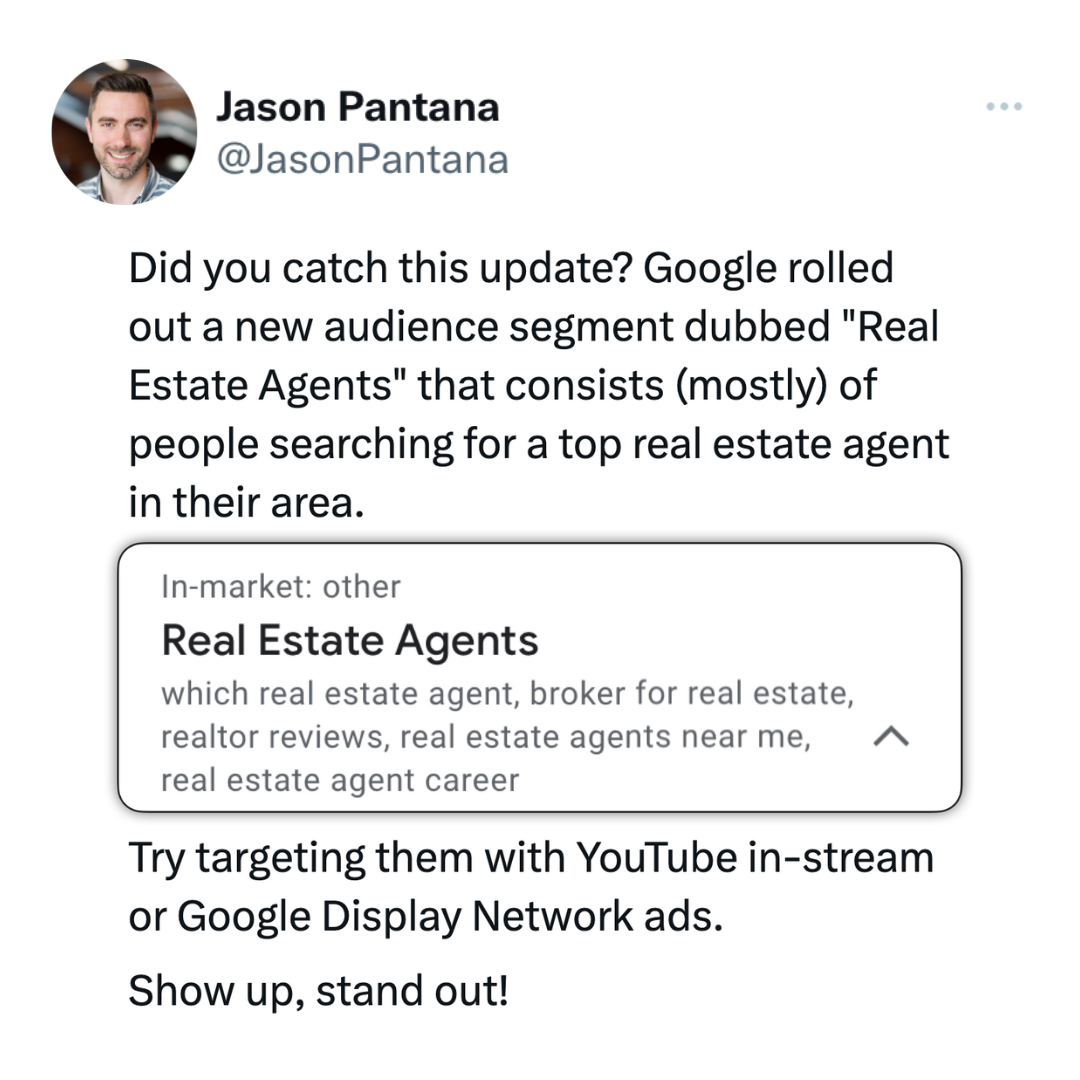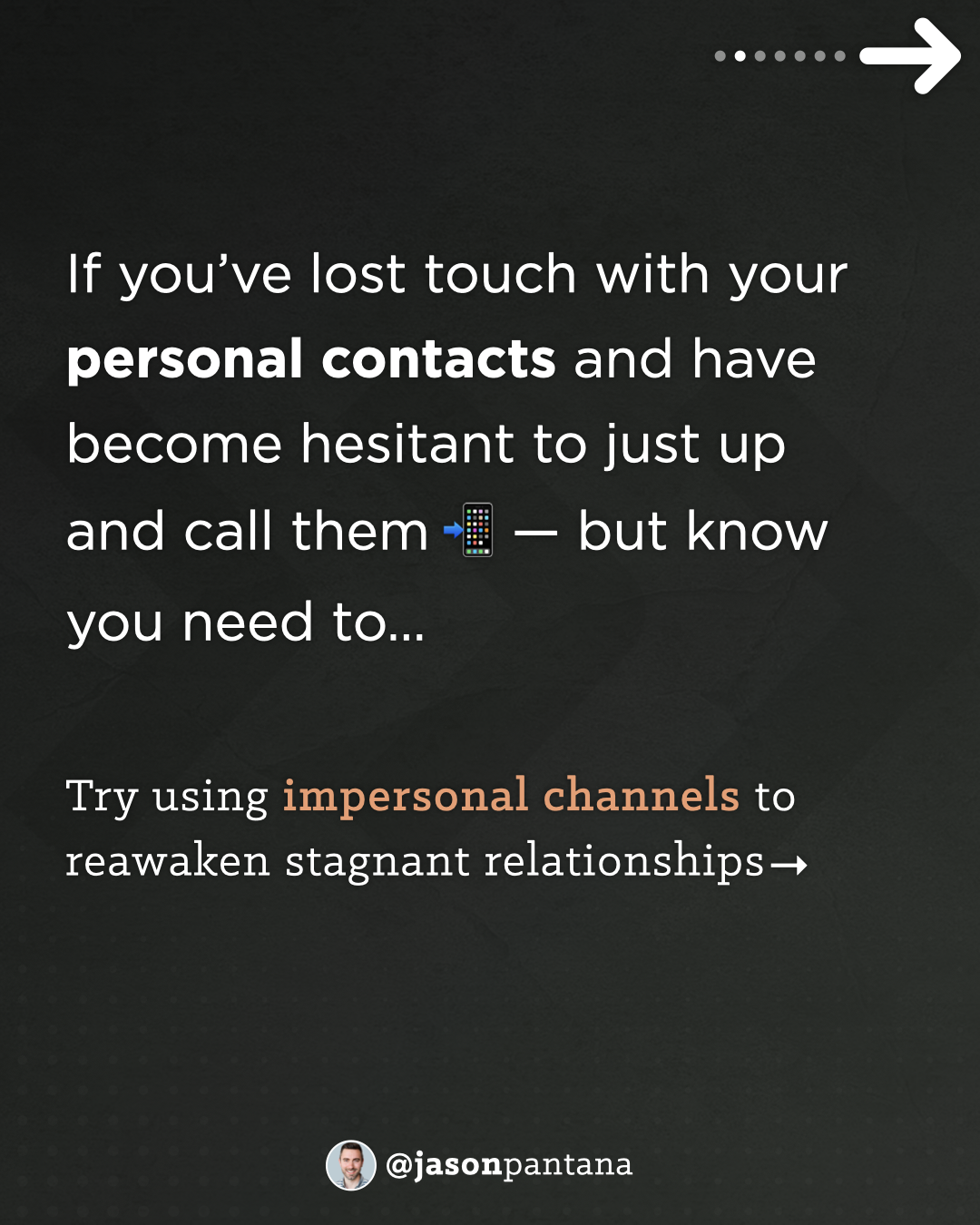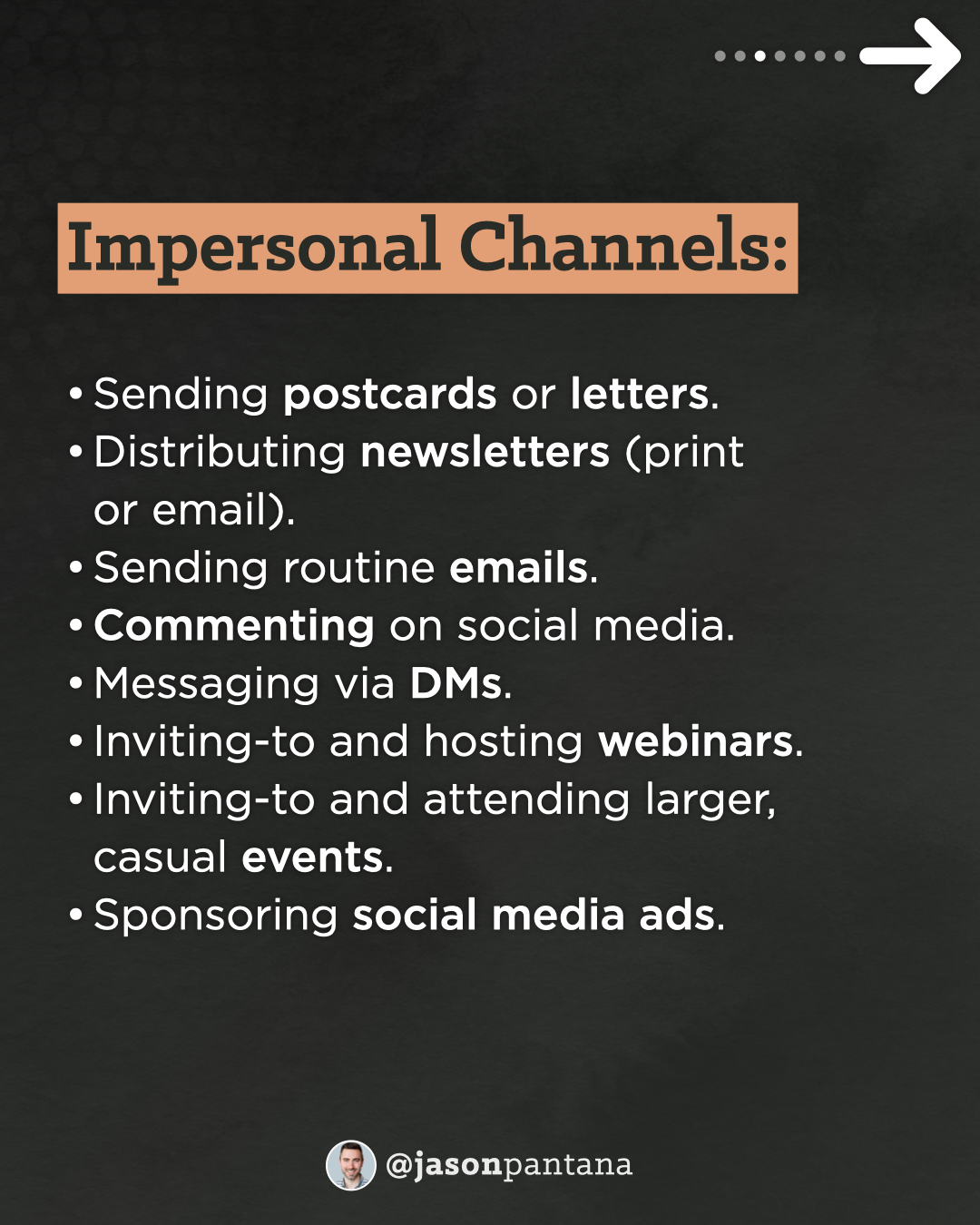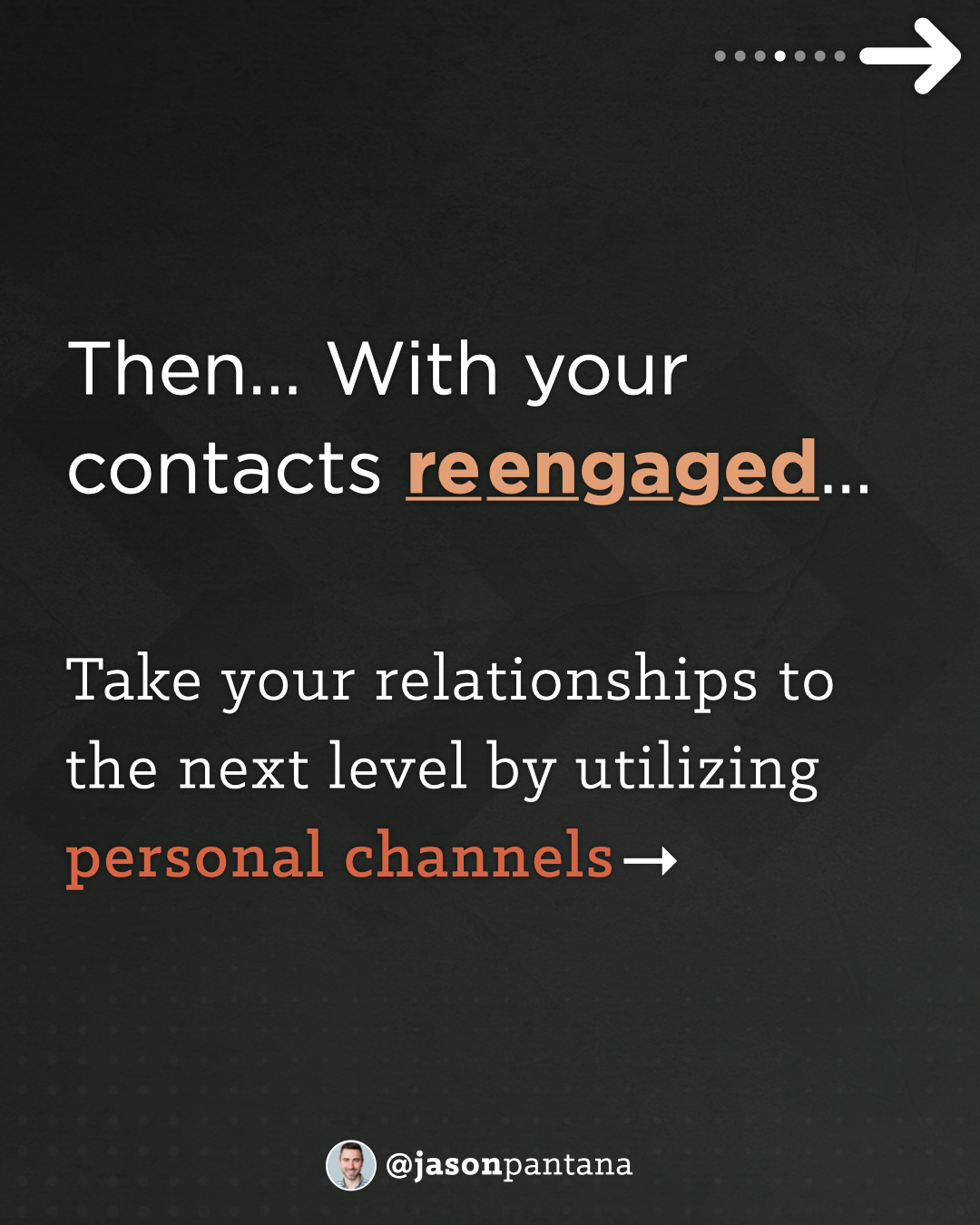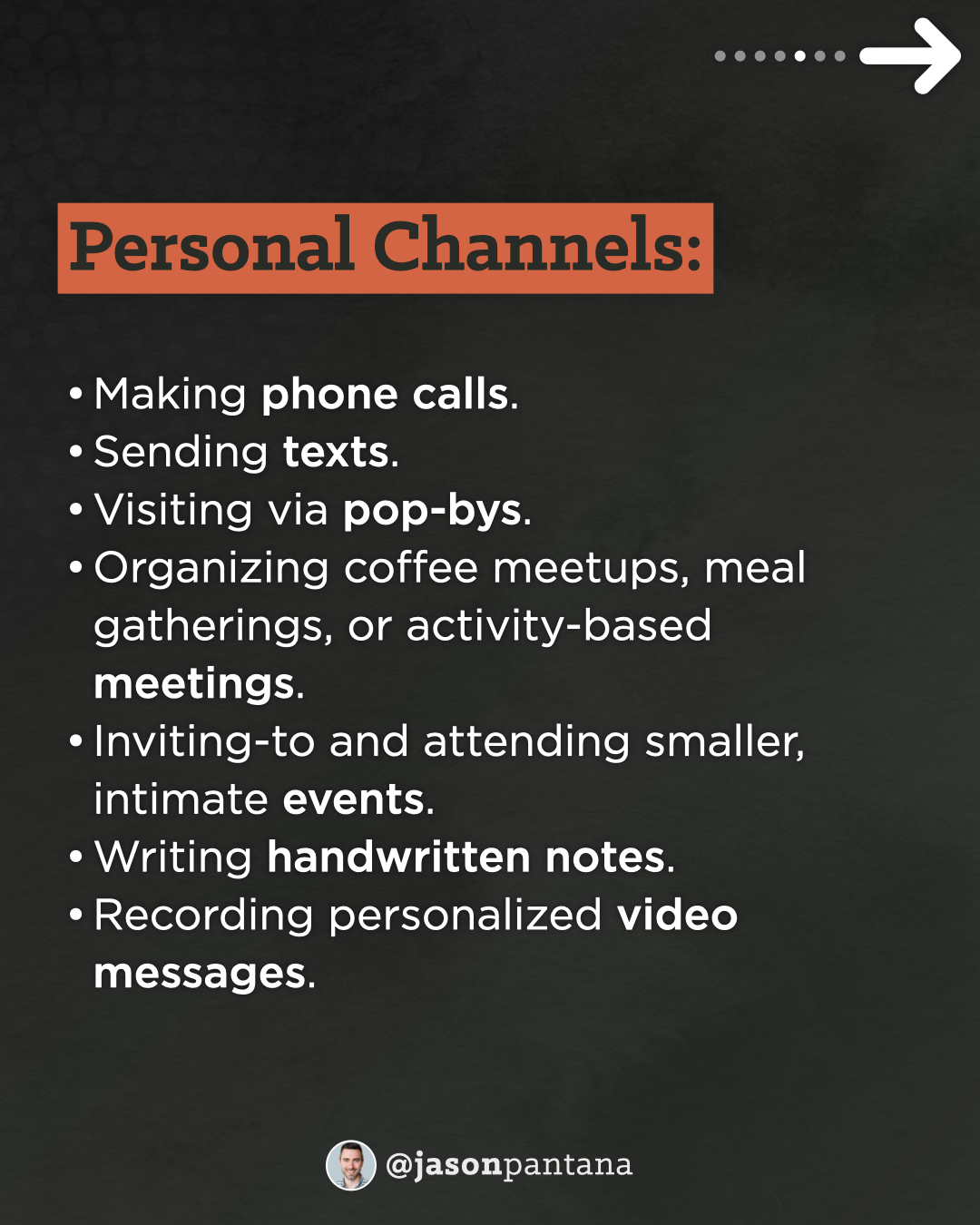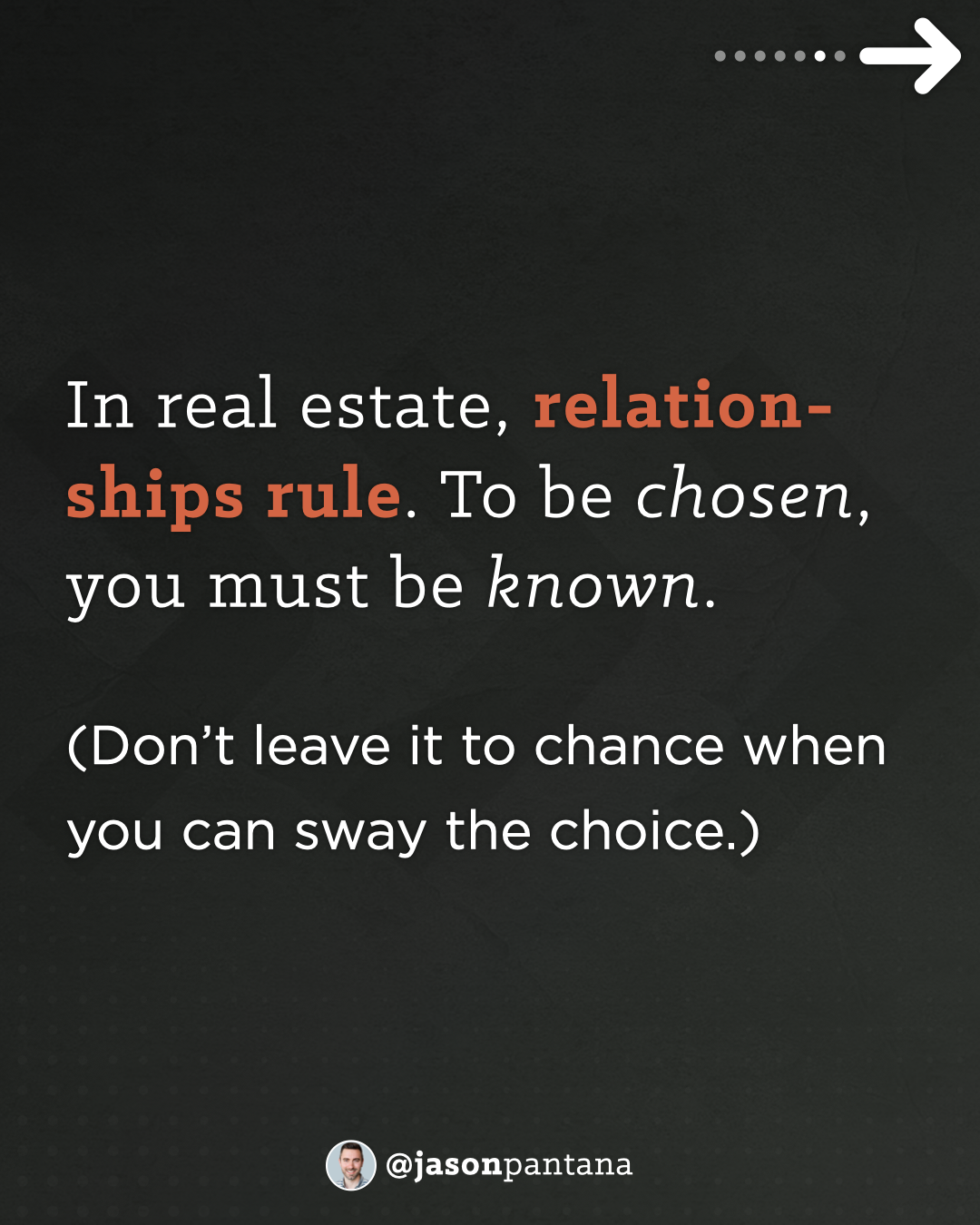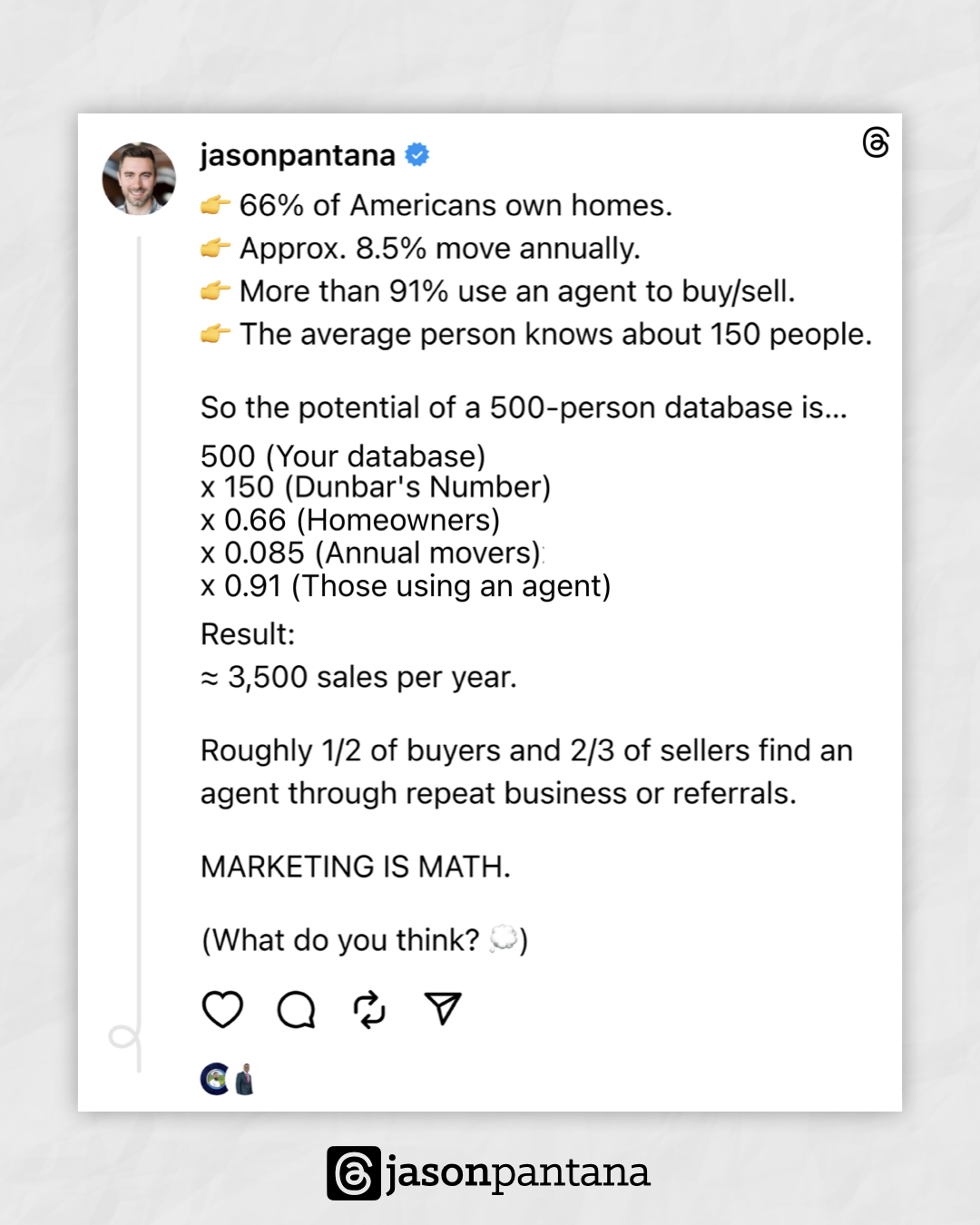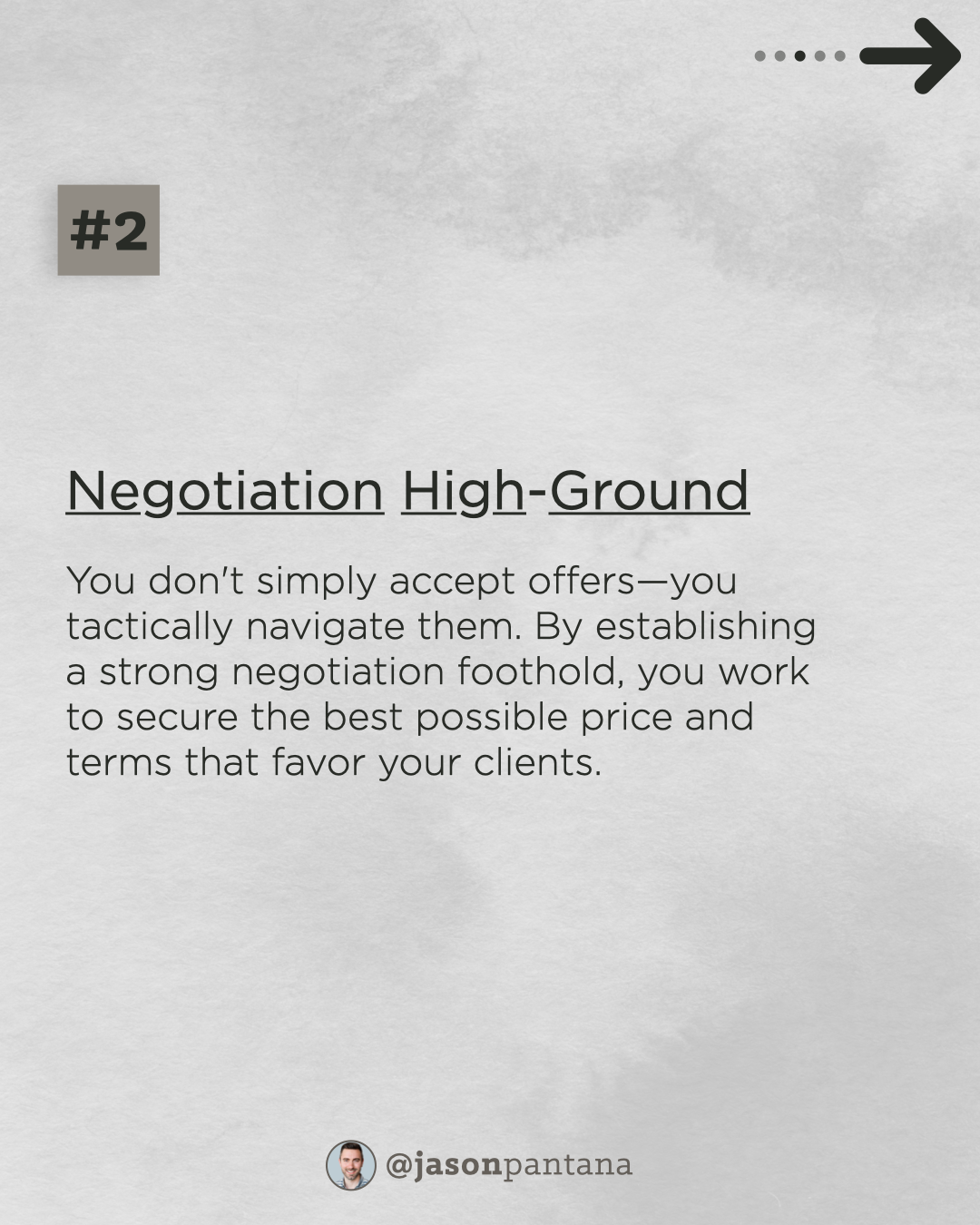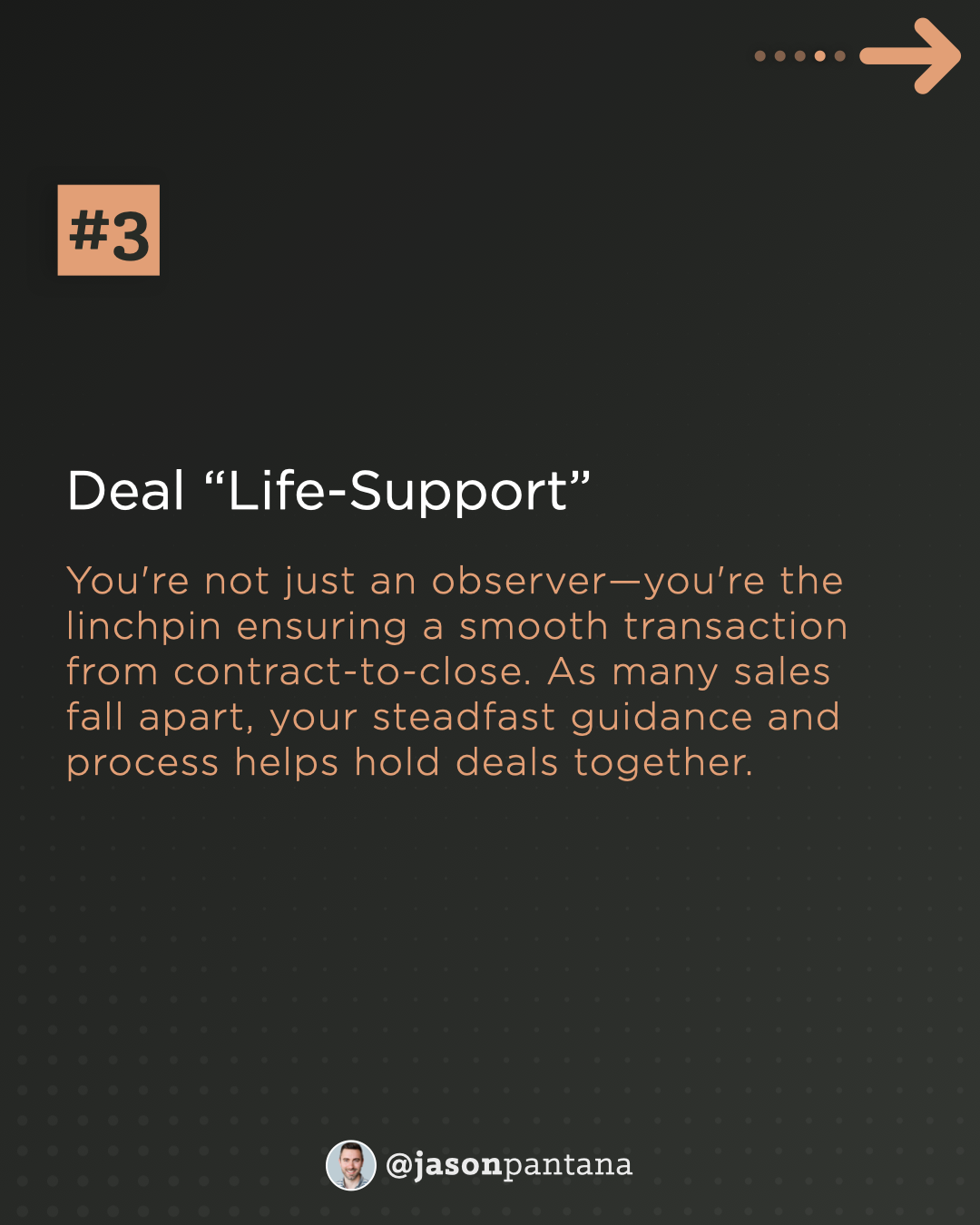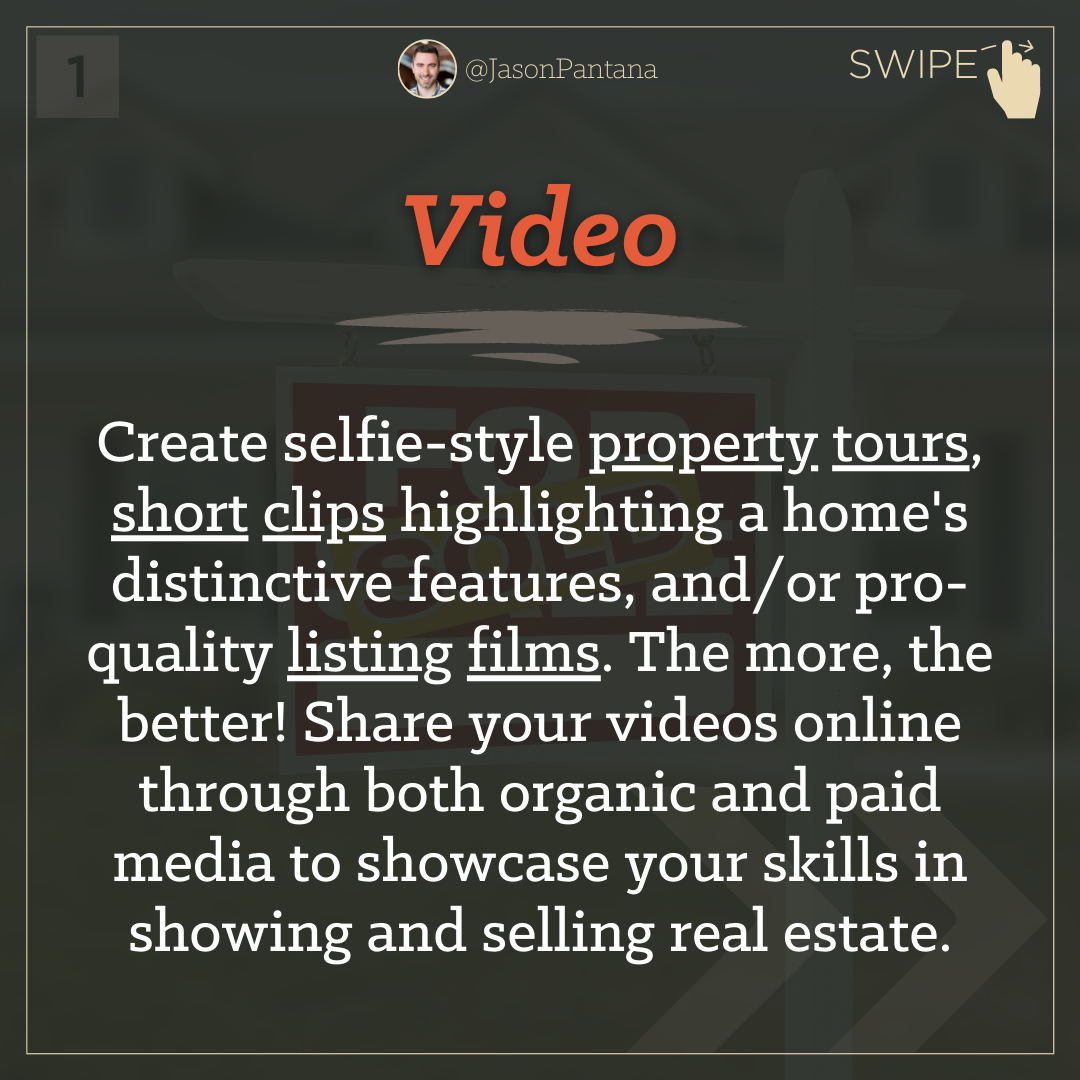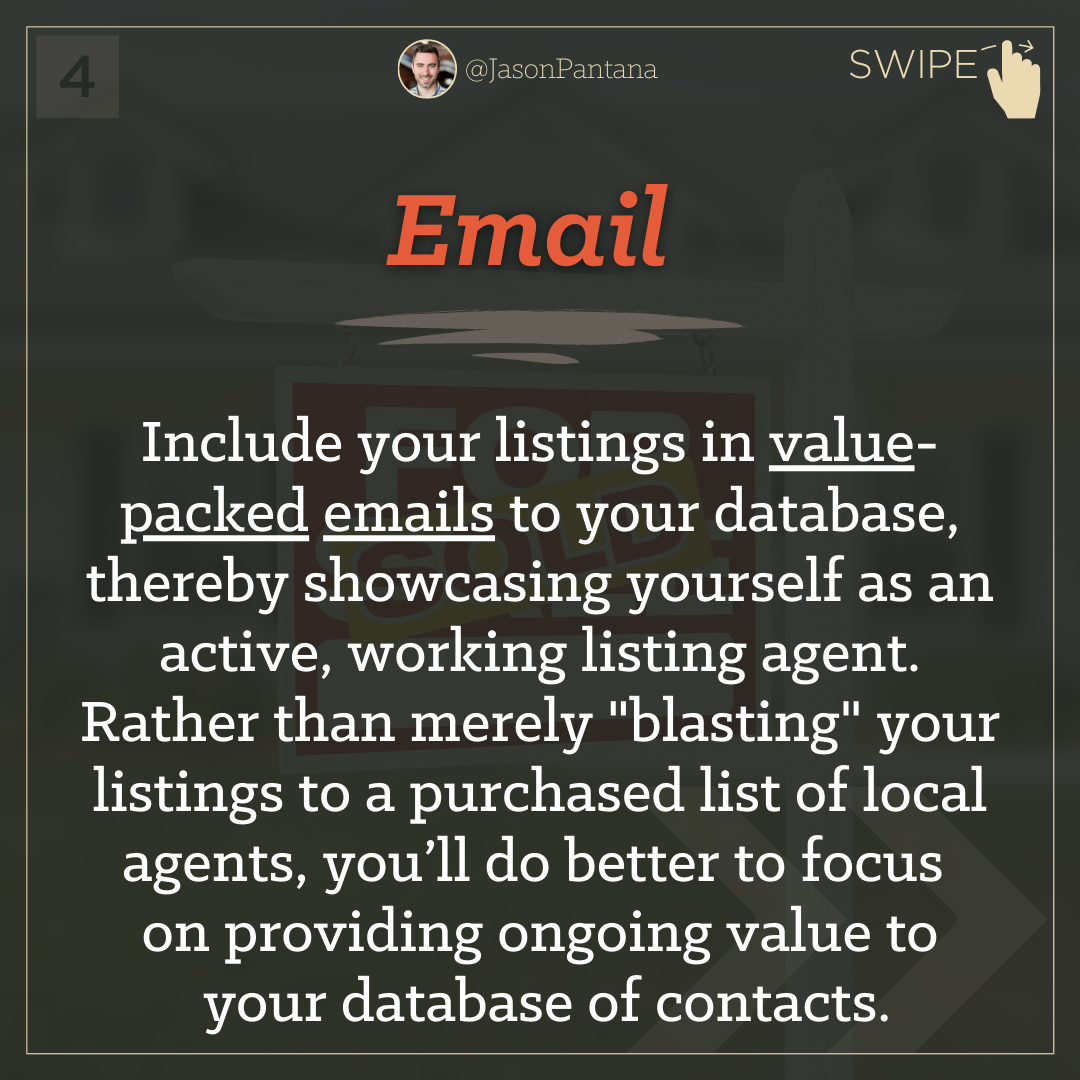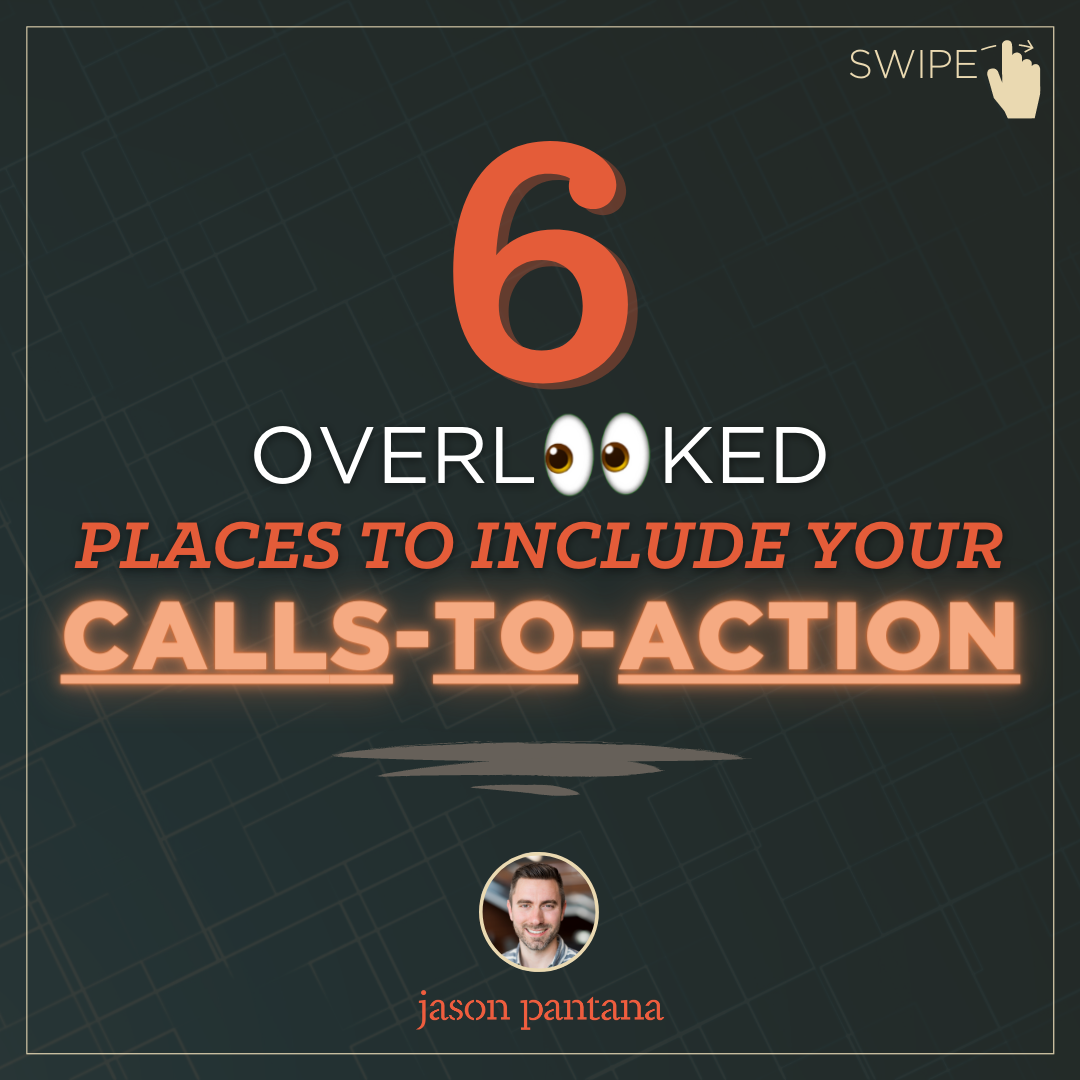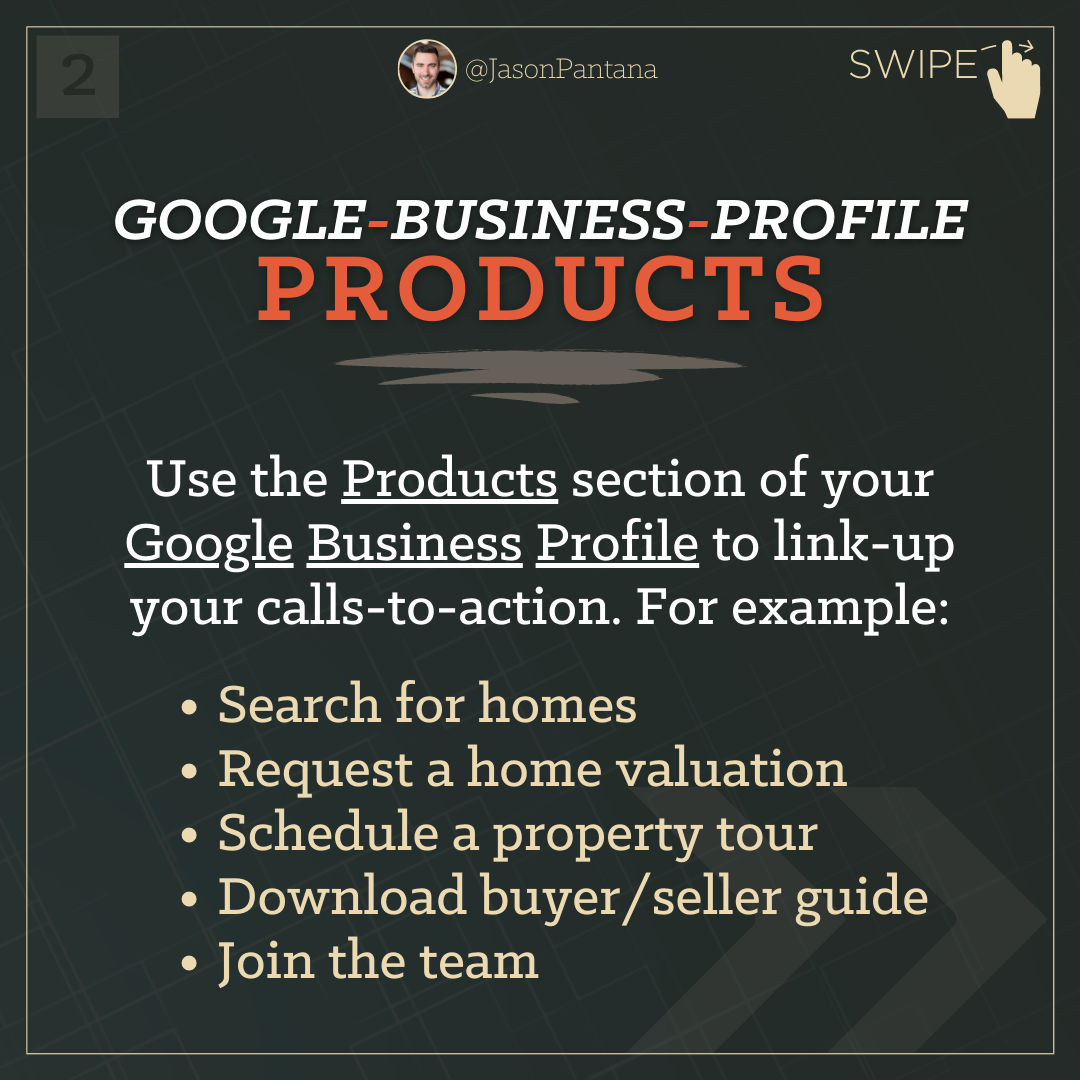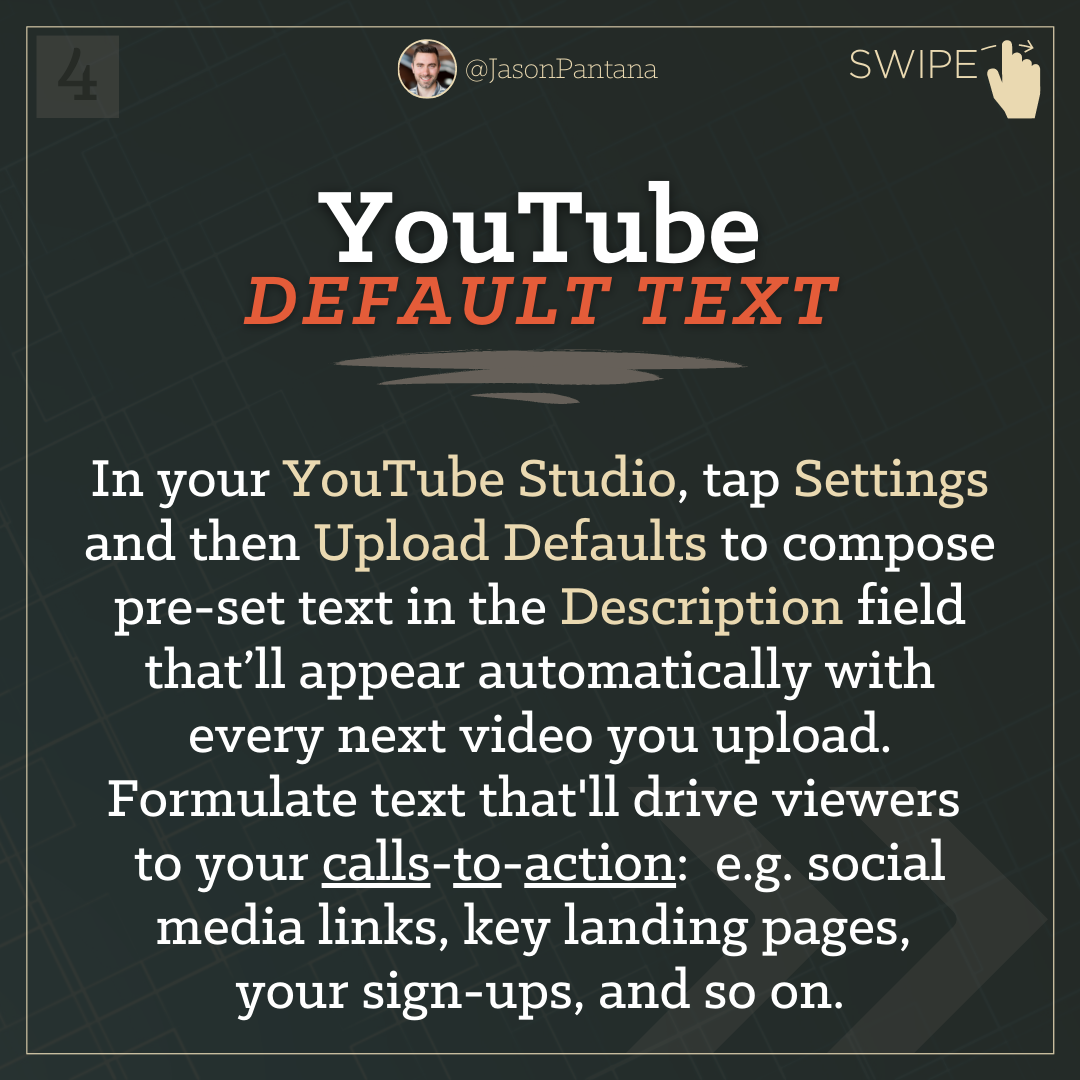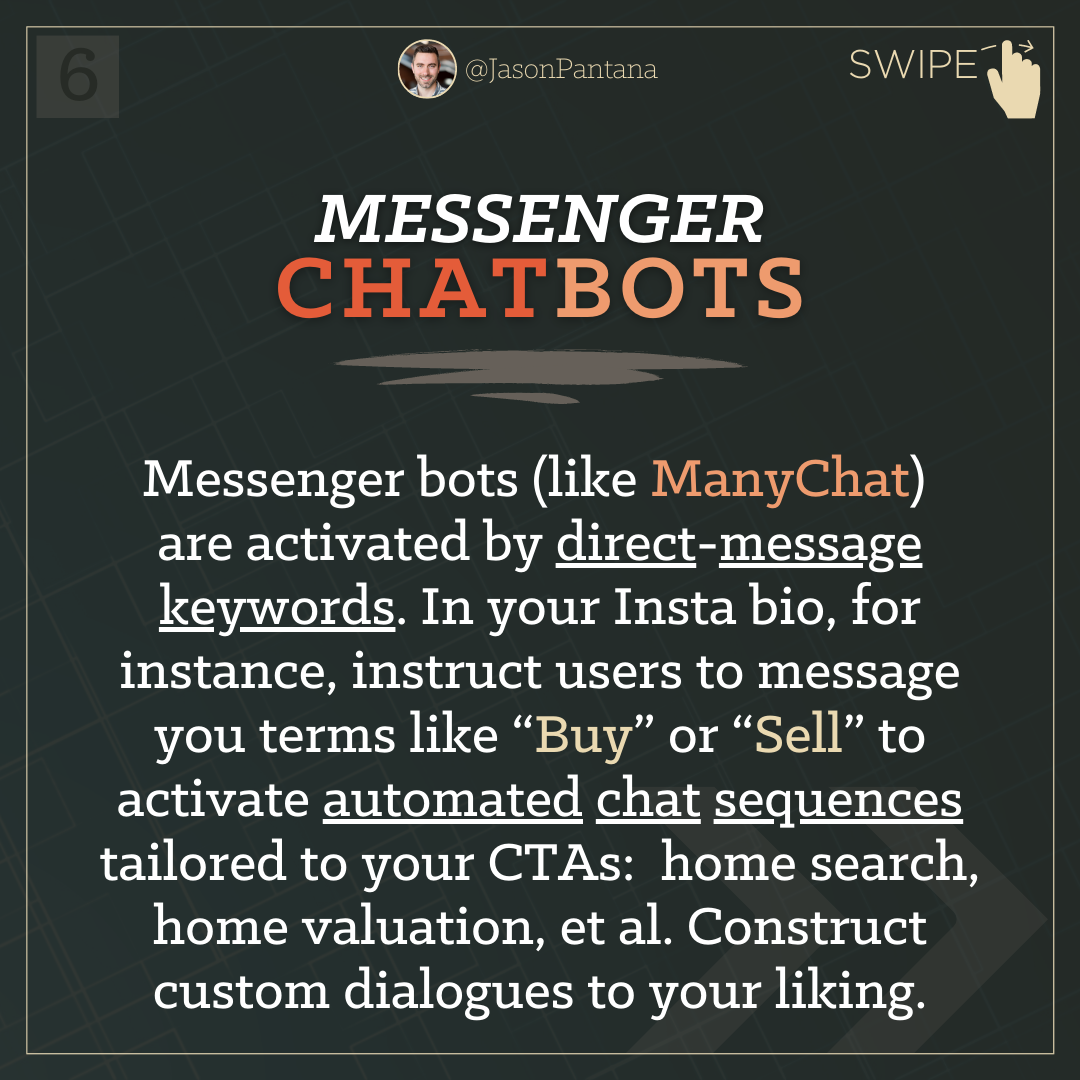In the wake of recent lawsuits, settlements, and new regulations, how clear is the value of a buyer’s agent today? You might find it interesting that new research from @1000watt_agency offers a unique perspective on how buyers view buyer’s agents — there’s more to it than you might assume.
This study unearthed invaluable insights from homebuyers, highlighting the most cherished service offered by buyer's agents. Surprisingly, this service, which surpassed access to unlisted properties or negotiating a lower purchase price by a striking 2 to 1 margin, was the ability to conduct thorough due diligence on properties.
These findings underscore the indispensable role that buyer's agents play in today's real estate environment. Beyond mere transactional facilitation, agents serve as trusted advisors, guiding clients through the complexities of property acquisition with expertise and precision.
As we reflect on these insights, it becomes evident that the value of a buyer's agent transcends the transactional realm. In an era of abundant yet nuanced information, buyers crave guidance, advocacy, and assurance. And within this dynamic environment, buyer's agents emerge not just as facilitators, but as indispensable allies, steering clients towards informed decisions and successful outcomes.

